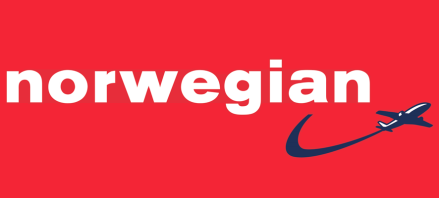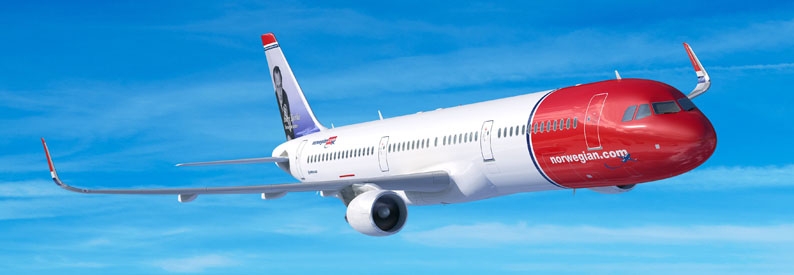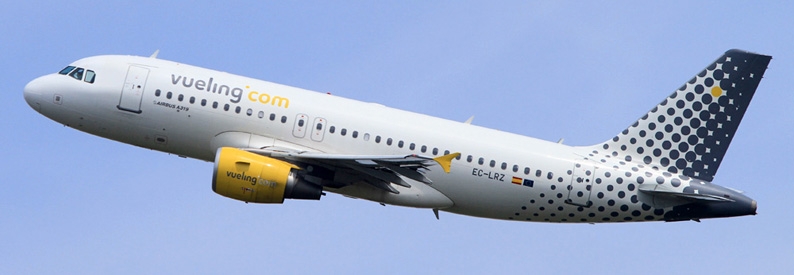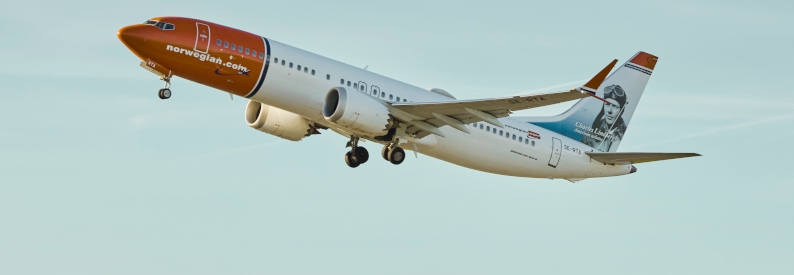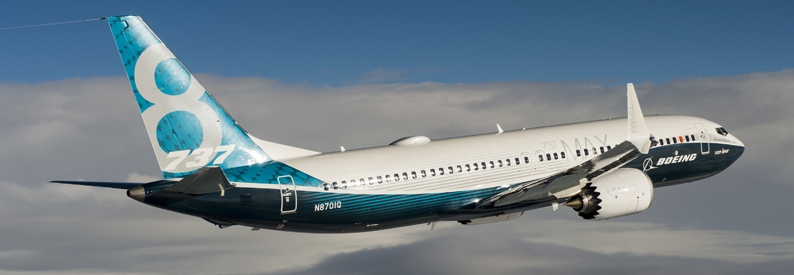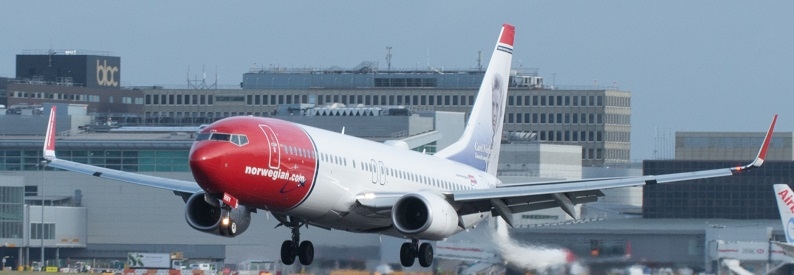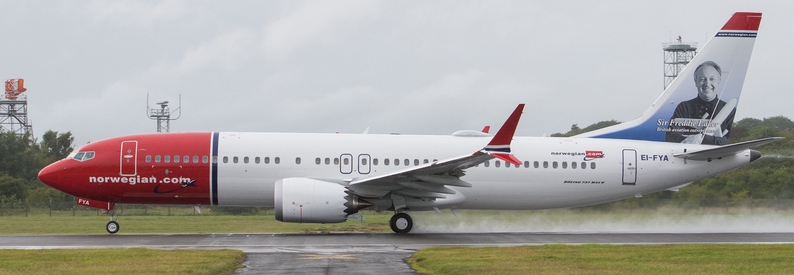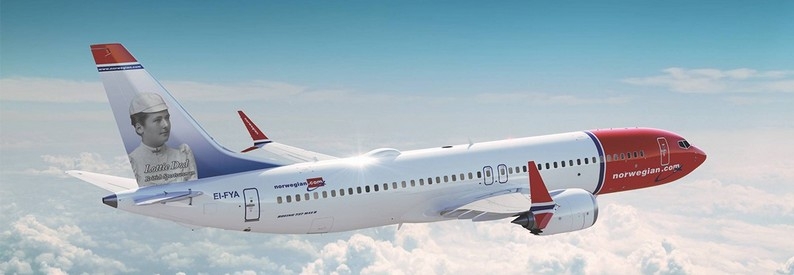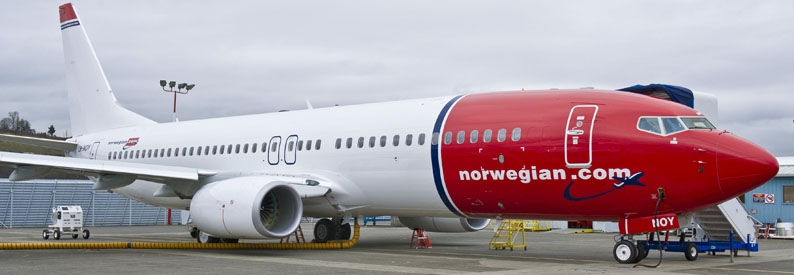The High Court of Ireland has wound up one of the five Irish-registered subsidiaries of Norwegian (Oslo Gardermoen) given protection from creditors in November 2020, with the Irish Times reporting that a judge made the order to dissolve Torskefjorden Leasing late in the evening on January 15.
In the Norwegian company hierarchy, Torskefjorden is itself a subsidiary of aircraft owner Arctic Aviation Assets alongside Drammensfjorden Leasing and Lysakerfjorden Leasing.
It was involved in leasing aircraft to Norwegian’s long-haul business, and Justice Michael Quinn’s ruling followed the airline’s decision last week to halt its long-haul services, which prompted the examiner to the companies, Kieran Wallace of KPMG, to ask the judge to issue the order as part of Norwegian’s ongoing examinership process.
Wallace said he was broadly in agreement with Norwegian’s new restructuring plan and was continuing to evaluate it. He explained that the decision to end long-haul routes meant that Torskefjorden Leasing was no longer commercially viable.
Torskefjorden Leasing was a lessor of twenty-four B787 widebody jets, which it sub-leased to other companies within the group. Its only income came from this arrangement, Wallace maintained.
Lawyers representing most of Norwegian’s creditors said they either did not oppose or took a neutral stance on the move, but one lawyer representing a group of creditors objected. The lawyer representing Norwegian, Declan Murphy, said he was not opposed, and the judge duly appointed Wallace and Andrew O’Leary, also of KPMG, as joint liquidators for Torskefjorden.
Wallace said that the new business plan, which envisages Norwegian rebooting as a Scandinavian low-cost carrier if it survives its emergency recapitalisation, may significantly impact the number of employees in the group. But he considered that the airline has a reasonable prospect of survival if certain steps are taken.
However, filings with the Oslo Stock Exchange posted on Norwegian’s investor relations website on January 14, related to a prospectus for a rescue fundraising for the company as part of the recapitalisation, came with strong warnings attached.
“The company is of the opinion that the working capital available to the company is not sufficient for its present requirements, for [at least the next] 12 months. [...] The company estimates that it will no longer have sufficient working capital during the first or second quarter of 2021,” the company said in a securities note.
In a registration document related to the imminent listing on the stock exchange of new shares and perpetual subordinated convertible bonds, it warned: “It is a material risk that the group’s business and operations - both with respect to size and nature - will be adversely changed even if the group is able to conclude the ongoing restructuring.”
If it is unable to conclude the restructuring, “it is a material risk that the group may enter into bankruptcy. Such bankruptcy risk also applies even if the group should be able to conclude the current restructuring.”
It added: “There can be no assurance that the group will be able to generate sufficient cash from its operations and/or obtain new capital to pay its debts or other payment obligations in the future or to refinance its indebtedness in order to be able to service its debt in its ordinary course of business.”
This means that there is “a significant risk that the group will continue to breach its debt obligations and other obligations, and that creditors, as a result, will be entitled to accelerate their claims against the group.” In that case, Norwegian “will in such circumstances be dependent upon its creditors agreeing to waive covenant breaches and other events of default.”
- Type
- Base
- Aircraft
- Destinations
- Routes
- Daily Flights
